Home>Garden Essentials>What Does A Broccoli Seed Look Like
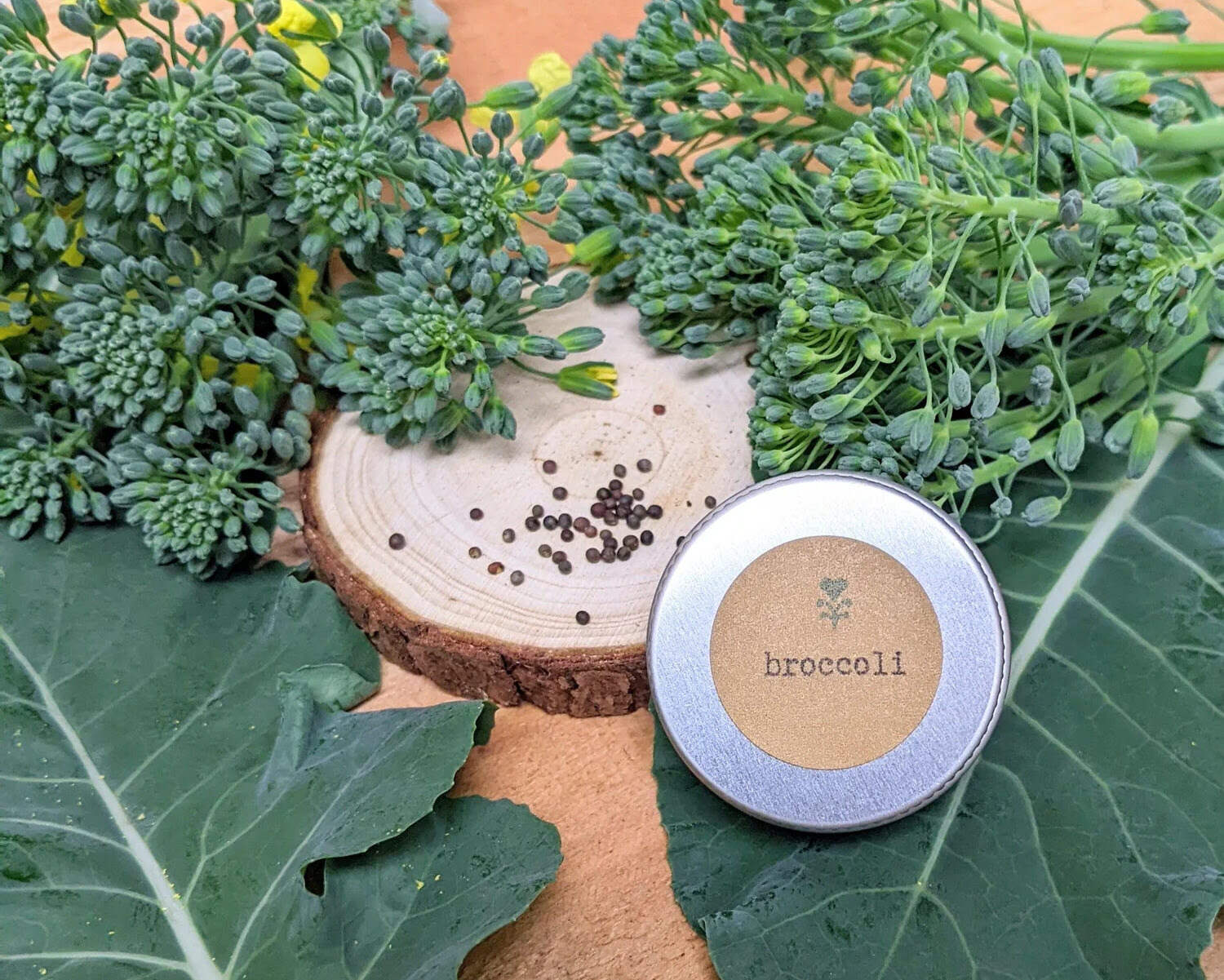

Garden Essentials
What Does A Broccoli Seed Look Like
Modified: March 15, 2024
Discover how a garden broccoli seed looks like and get ready to start your gardening journey with this informative article.
(Many of the links in this article redirect to a specific reviewed product. Your purchase of these products through affiliate links helps to generate commission for Storables.com, at no extra cost. Learn more)
Introduction
Broccoli, a popular and nutritious vegetable, goes through a fascinating life cycle from seed to harvest. Understanding the anatomy of a broccoli seed is a key step in comprehending its growth and development. In this article, we will delve into the details of what a broccoli seed looks like, both externally and internally. We will explore the germination process and the various stages of growth that eventually lead to the bountiful broccoli heads we enjoy.
Broccoli seeds are not only a source of new plants but also hold valuable genetic information that determines the plant’s traits and characteristics. By understanding their anatomy and growth process, gardeners and enthusiasts can gain insight into optimizing their broccoli cultivation and delivering healthy, vibrant plants.
So, let’s jump right in and explore the fascinating world of broccoli seeds!
Key Takeaways:
- Broccoli seeds are small, round, and dark green or brown. They contain an embryo, endosperm, and protective seed coat, crucial for successful germination and growth.
- The growth of a broccoli seed involves stages like seed formation, germination, seedling establishment, vegetative growth, head formation, and harvest. Understanding these stages is essential for successful cultivation.
Read more: What Does Calendula Seeds Look Like
The Anatomy of a Broccoli Seed
Before we dive into the external and internal features of a broccoli seed, let’s first understand the basic structure of a seed. Seeds are plant embryos enclosed in a protective coat. They contain all the necessary components for the development of a new plant.
The external features of a broccoli seed include its shape, size, and color. Broccoli seeds are small and round, resembling tiny beads. They are usually dark green or brown in color, reflecting their maturity. The size of a broccoli seed can vary, but on average, they measure around 1.5 to 2 millimeters in diameter.
Internally, a broccoli seed consists of several important parts. The seed coat, or testa, is the tough outer covering that protects the delicate embryo inside. It acts as a shield against external factors such as moisture, temperature changes, and pests.
Within the seed coat lies the embryo, which is the future plant. The embryo consists of three main parts: the radicle, the hypocotyl, and the epicotyl. The radicle is the primary root that emerges first during germination. It anchors the plant into the soil and absorbs water and nutrients. The hypocotyl is the part of the embryo that connects the radicle to the epicotyl. Finally, the epicotyl is the upper part of the embryo that develops into the stem and leaves.
Another crucial component of the broccoli seed is the endosperm, which provides nourishment to the growing embryo. The endosperm is rich in starches, proteins, and oils, serving as a food reserve for the young plant until it can establish its root system and begin photosynthesis.
Understanding the anatomy of a broccoli seed is essential as it provides insights into the seed’s potential for germination and growth. Now, let’s explore the growth and development of a broccoli seed in more detail.
External Features of a Broccoli Seed
The external features of a broccoli seed play a significant role in its dispersal and protection. Let’s take a closer look at each of these features:
- Shape: Broccoli seeds are generally round or oval-shaped, resembling small beads. This shape allows for easier handling and sowing.
- Color: The color of broccoli seeds varies depending on their maturity. When fully mature, they typically appear dark green or brown. This coloration indicates that the seeds are ready for harvest.
- Surface Texture: The surface of a broccoli seed is typically smooth and shiny. This characteristic aids in the seed’s movement through the soil during germination and ensures proper contact with the surrounding environment.
- Seed Coat: The seed coat, also known as the testa, is the protective outer layer of the seed. It provides physical protection against external factors such as moisture, temperature fluctuations, and pests. The seed coat is often thick and durable, safeguarding the delicate embryo inside.
- Size: Broccoli seeds are relatively small, measuring around 1.5 to 2 millimeters in diameter on average. This compact size allows for efficient storage and dissemination.
- Lateral Buds: Some broccoli seeds may exhibit small protrusions or buds on their surface. These lateral buds indicate the potential for vegetative propagation, where new plants can emerge from the sides of the seed.
The external features of a broccoli seed are vital for its dispersal and survival. The round shape, protective seed coat, and durable exterior allow the seed to withstand environmental conditions and ensure successful seedling establishment. By understanding these external features, gardeners can choose and handle broccoli seeds effectively for optimal growth and development.
Internal Features of a Broccoli Seed
While the external features of a broccoli seed are important for protection and dispersal, the internal features hold the key to the seed’s growth and development. Let’s explore the various components of a broccoli seed:
- Embryo: The embryo is the fundamental part of the seed that develops into a new broccoli plant. It consists of three main parts: the radicle, hypocotyl, and epicotyl. The radicle is the first structure to emerge from the seed, which eventually develops into the primary root. The hypocotyl connects the radicle to the epicotyl, which in turn gives rise to the stem and leaves.
- Endosperm: The endosperm is a nutrient-rich tissue that surrounds and nourishes the embryo. It serves as a source of carbohydrates, proteins, and oils, providing the energy and nutrients needed for the initial stages of growth until the plant establishes its roots and begins photosynthesis.
- Plumule: The plumule is the embryonic shoot that develops from the epicotyl. It gives rise to the primary leaves and determines the future growth and branching of the broccoli plant.
- Cotyledons: Cotyledons, also known as seed leaves, are structures that emerge from the hypocotyl and provide additional nourishment to the developing embryo. In broccoli seeds, the cotyledons are small and often stay within the seed coat during germination.
- Shoot Apical Meristem: The shoot apical meristem is a specialized region located at the tip of the epicotyl. It contains a group of undifferentiated cells responsible for the continuous growth and development of the plant, including the formation of new leaves, stems, and flowers.
The internal features of a broccoli seed are essential for initiating and sustaining the growth process. The embryo, supported by the nutrient-rich endosperm, houses the potential for a new plant. As the seed germinates, the various structures within the seed work together to give rise to a healthy broccoli seedling.
Understanding the internal features of a broccoli seed provides valuable insights into the growth and development stages. This knowledge allows gardeners to identify healthy seeds, optimize germination conditions, and foster strong seedlings for successful broccoli cultivation.
A broccoli seed is small, round, and dark green in color. It is similar in size to a poppy seed and has a slightly bumpy texture.
Growth and Development of a Broccoli Seed
The growth and development of a broccoli seed encompass several stages, each crucial for the plant’s maturation and eventual harvest. Let’s take a closer look at the different phases in the life cycle of a broccoli seed:
- Seed Formation: Broccoli seeds are formed when the broccoli plant reaches maturity and produces flowers. After successful pollination, the flowers transform into seed pods that contain multiple seeds. These pods gradually dry out and turn brown, indicating that the seeds are ready for harvest.
- Germination: Germination is the process of a seed sprouting and developing into a seedling. When conditions are favorable, specifically adequate moisture, oxygen, and suitable temperature, the seed absorbs water, causing it to swell. This triggers the activation of enzymes, which break down stored nutrients in the endosperm and enable the embryo to grow.
- Seedling Establishment: As the seedling emerges from the soil, the radicle, or primary root, elongates and anchors the plant into the ground. Simultaneously, the hypocotyl pushes upwards, bringing the cotyledons and plumule above the soil surface. The seedling then begins to develop its first true leaves and establish a root system to support further growth.
- Vegetative Growth: During the vegetative growth stage, the broccoli plant focuses on producing more leaves, stems, and roots. The primary shoot elongates, and new side shoots form, leading to a bushier appearance. With proper care, including adequate water, sunlight, and nutrients, the plant thrives and develops a robust structure.
- Head Formation: As the broccoli plant continues to grow, it enters the head formation stage. This is when the central part of the plant, known as the meristem, transitions from vegetative growth to reproductive growth. The meristem undergoes differentiation, causing compact clusters of tiny flower buds, also known as florets, to form. Over time, these buds enlarge and develop into the familiar broccoli heads that we harvest.
- Harvest: The ultimate goal of growing broccoli is to harvest the mature heads for consumption. The ideal time for harvest varies depending on the broccoli variety and personal preference. Typically, broccoli heads are harvested when the florets are firm and tightly packed, with vibrant green coloration. Prompt harvesting ensures the best taste and texture.
The growth and development of a broccoli seed is a rewarding journey that requires careful nurturing and attention to detail. Understanding the different stages of the life cycle allows gardeners to provide optimal conditions for each phase, leading to healthy plants and bountiful harvests.
Read more: What Does A Cactus Seed Look Like
Germination Process of a Broccoli Seed
The germination process is a crucial stage in the life cycle of a broccoli seed. It is the moment when the seed awakens from dormancy and begins its transformation into a seedling. Let’s explore the key steps involved in the germination of a broccoli seed:
- Water Absorption: Germination starts with the absorption of water by the seed. Water acts as a trigger, signaling to the seed that it is time to wake up and start growing. As the seed absorbs water, it swells and activates various biochemical processes within.
- Breakdown of Dormancy: As the seed takes in water, enzymes inside it become active and break down stored nutrients in the endosperm. This process provides the necessary energy and building blocks for the embryo to begin growing.
- Radicle Emergence: Once sufficient water and nutrients are available, the radicle emerges from the seed. The radicle is the primary root of the future plant, and its emergence allows the seedling to anchor itself into the soil and start absorbing water and nutrients from the surrounding environment.
- Hypocotyl Elongation: Alongside radicle emergence, the hypocotyl, the stem-like structure connecting the radicle and cotyledons, begins to elongate. This upward growth pushes the cotyledons towards the soil surface.
- Unfolding of Cotyledons: As the cotyledons reach the surface, they unfold or open up. These leaf-like structures provide additional nutrition to the developing seedling until it can produce its own energy through photosynthesis.
- First True Leaves: Following the opening of the cotyledons, the first true leaves of the broccoli seedling begin to develop. These leaves are distinct from the cotyledons and resemble the leaves of the mature broccoli plant.
- Establishment of Primary Root System: As the seedling continues to grow, the primary root system develops alongside the elongating stem. This root system enables the seedling to absorb water, nutrients, and minerals from the soil, providing essential nourishment for further growth.
During the germination process, it’s crucial to provide the seed with suitable environmental conditions. This includes a moist but not waterlogged soil, proper temperature, and adequate air circulation. Light exposure during germination is not essential as the growing seedling is primarily utilizing stored energy.
With the right conditions and proper care, the germination process of a broccoli seed is successful, leading to the emergence of a healthy seedling. Gardeners should monitor the moisture levels and protect the seedlings from extreme weather conditions or pests, ensuring their continued growth and development.
Conclusion
Understanding the anatomy, growth, and development of a broccoli seed is essential for successful cultivation and an abundant harvest. From its external features to the internal components, knowing what a broccoli seed looks like provides valuable insights into its potential for germination and growth.
The external features, such as the shape, color, and seed coat, protect the seed and aid in its dispersal. The internal features, including the embryo, endosperm, and shoot apical meristem, hold the key to the seed’s growth and development into a mature broccoli plant.
Throughout the life cycle of a broccoli seed, from seed formation to harvest, it undergoes various stages, including germination, seedling establishment, vegetative growth, head formation, and finally, the satisfying harvest of the mature broccoli heads.
During germination, the seed absorbs water, breaks dormancy, and gives rise to the radicle, hypocotyl, and cotyledons. The seedling emerges from the soil, establishes its root system, and develops its first true leaves, setting the stage for further growth and eventual head formation.
To ensure successful cultivation, gardeners should provide optimal conditions for germination, such as adequate moisture, suitable temperature, and proper care during the seedling establishment phase.
By understanding the intricate details of a broccoli seed’s anatomy, growth, and development, gardeners and enthusiasts can cultivate vibrant broccoli plants that yield flavorful and nutritious heads. So, whether you’re a seasoned gardener or just starting, remember that the journey of a broccoli seed is a fascinating one, filled with possibilities waiting to unfold.
Frequently Asked Questions about What Does A Broccoli Seed Look Like
Was this page helpful?
At Storables.com, we guarantee accurate and reliable information. Our content, validated by Expert Board Contributors, is crafted following stringent Editorial Policies. We're committed to providing you with well-researched, expert-backed insights for all your informational needs.
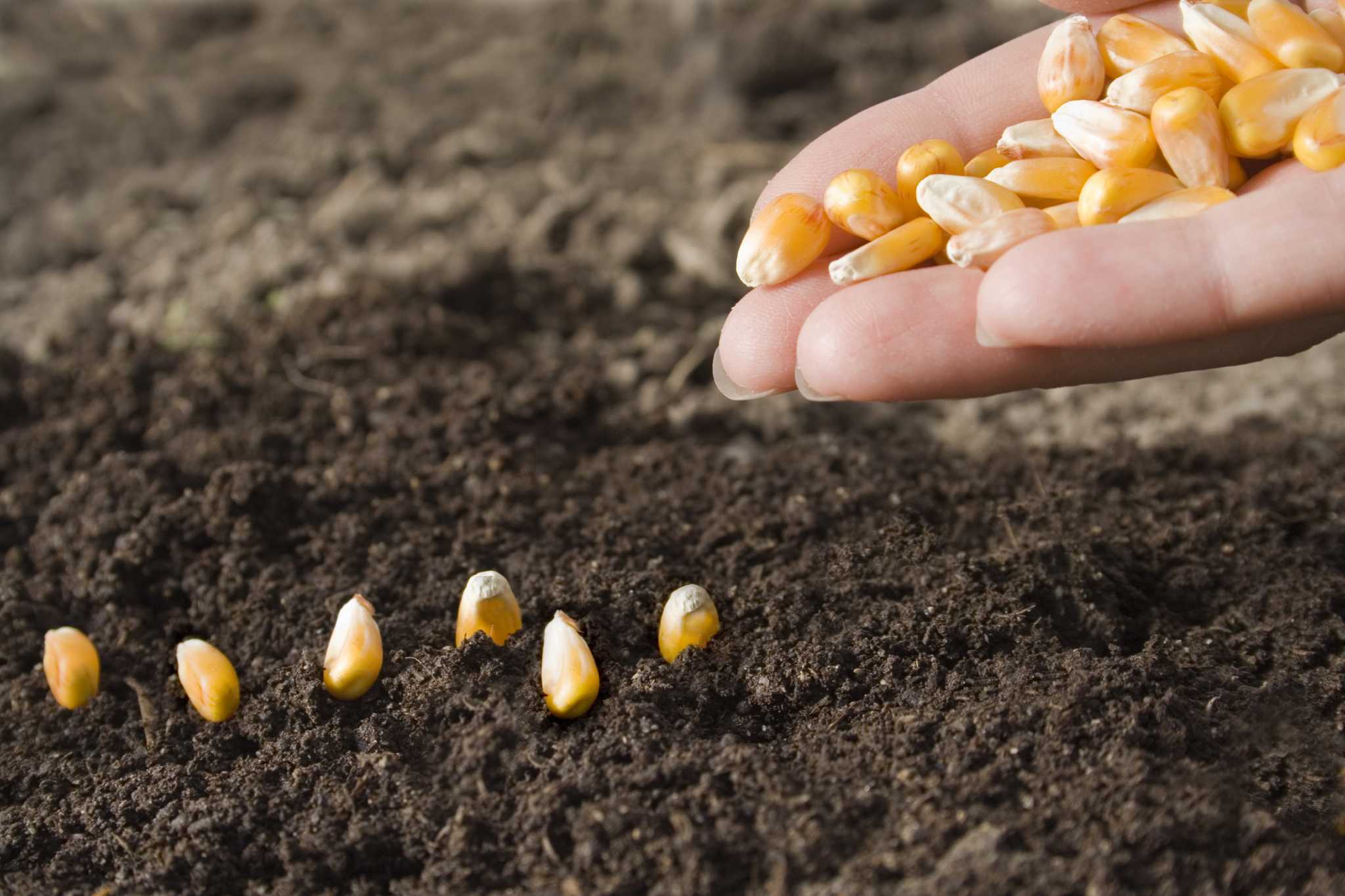
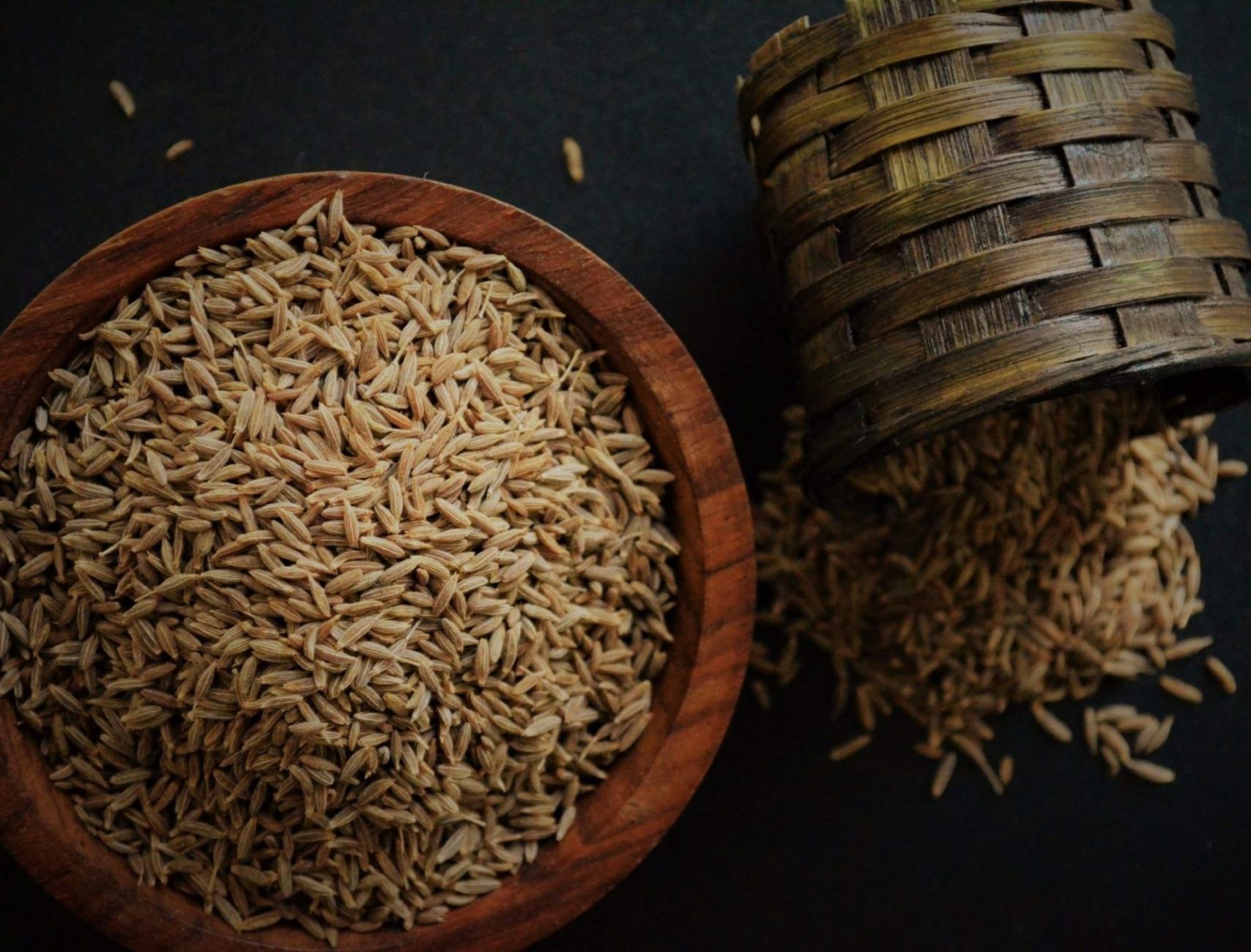
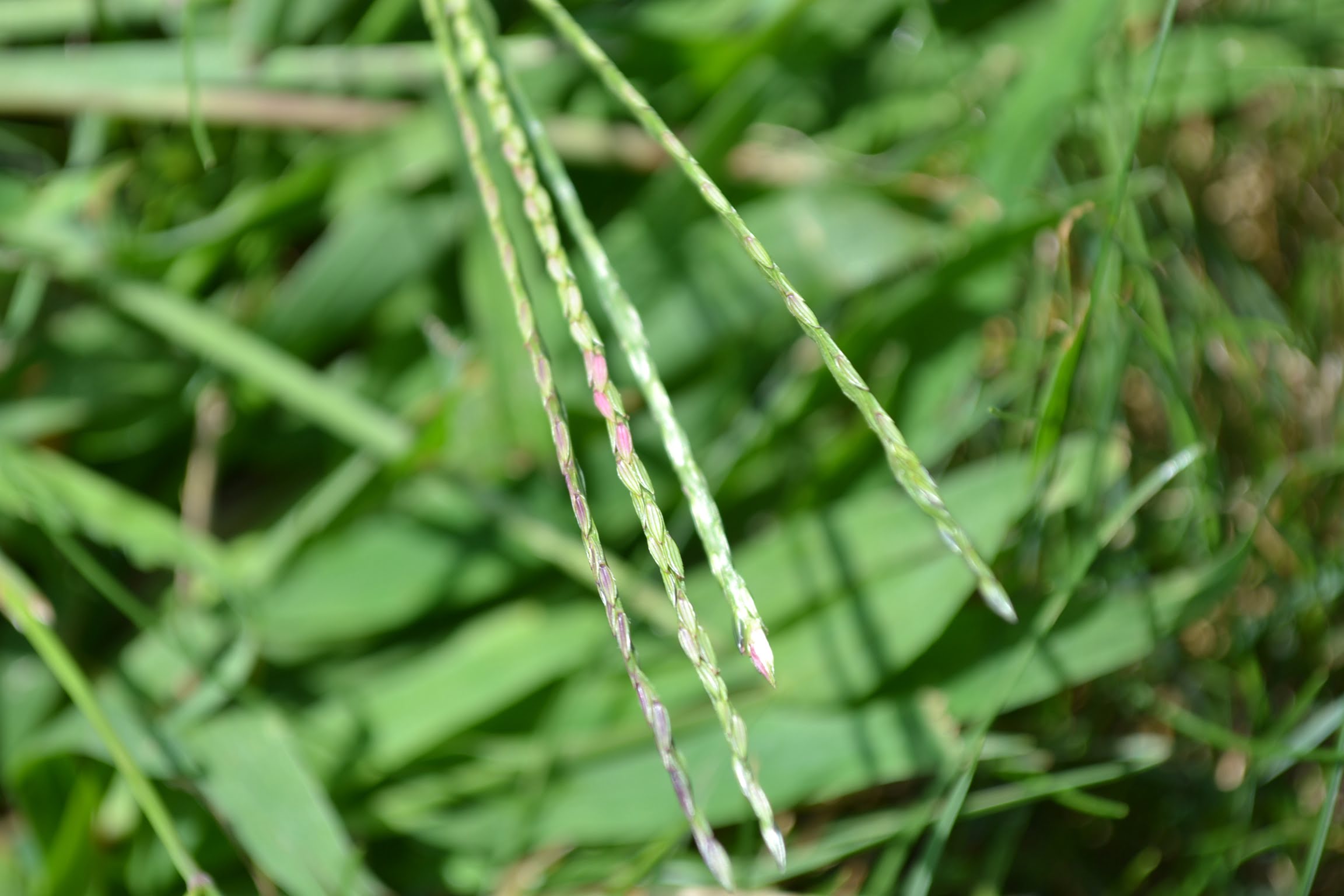
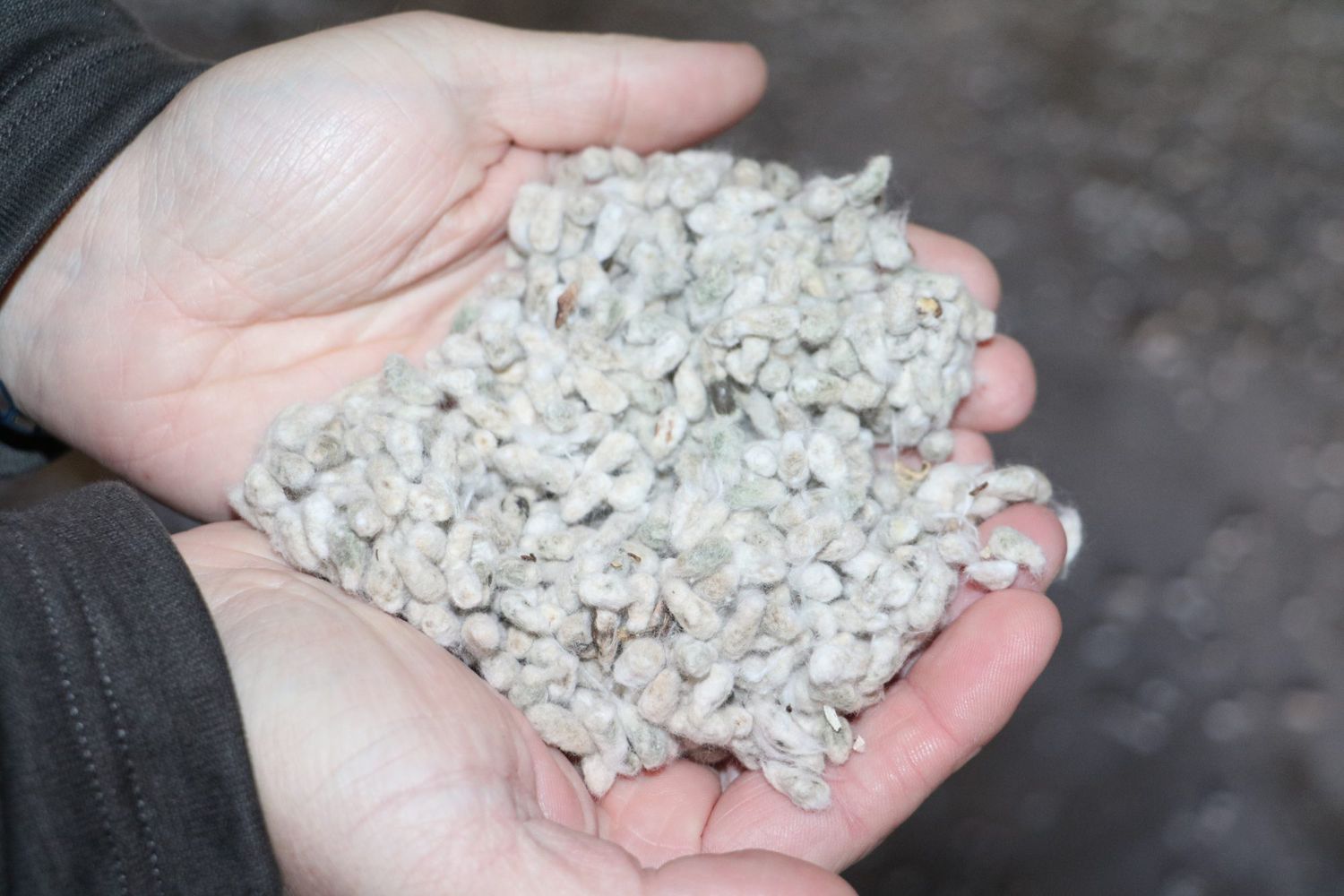
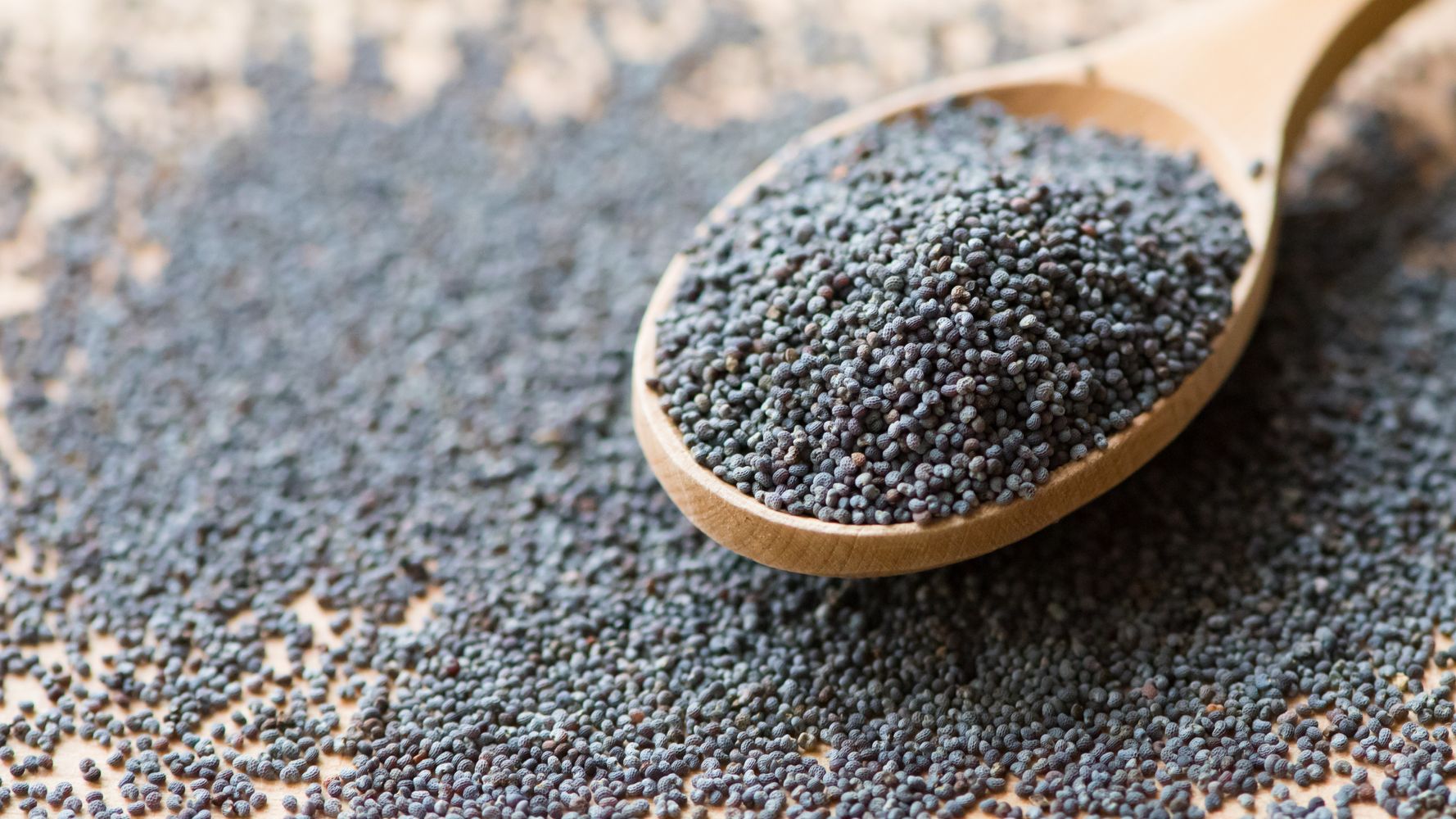

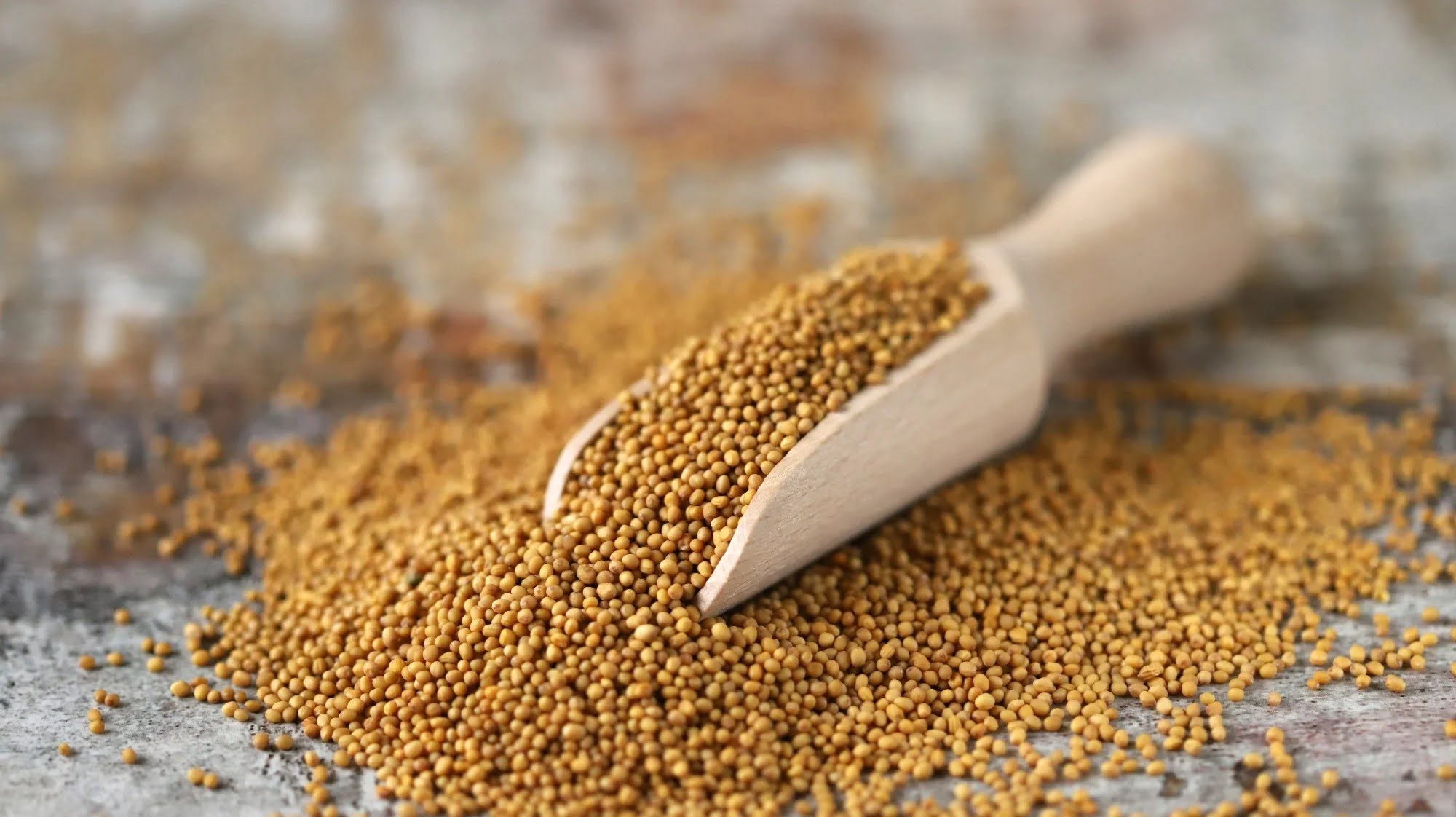
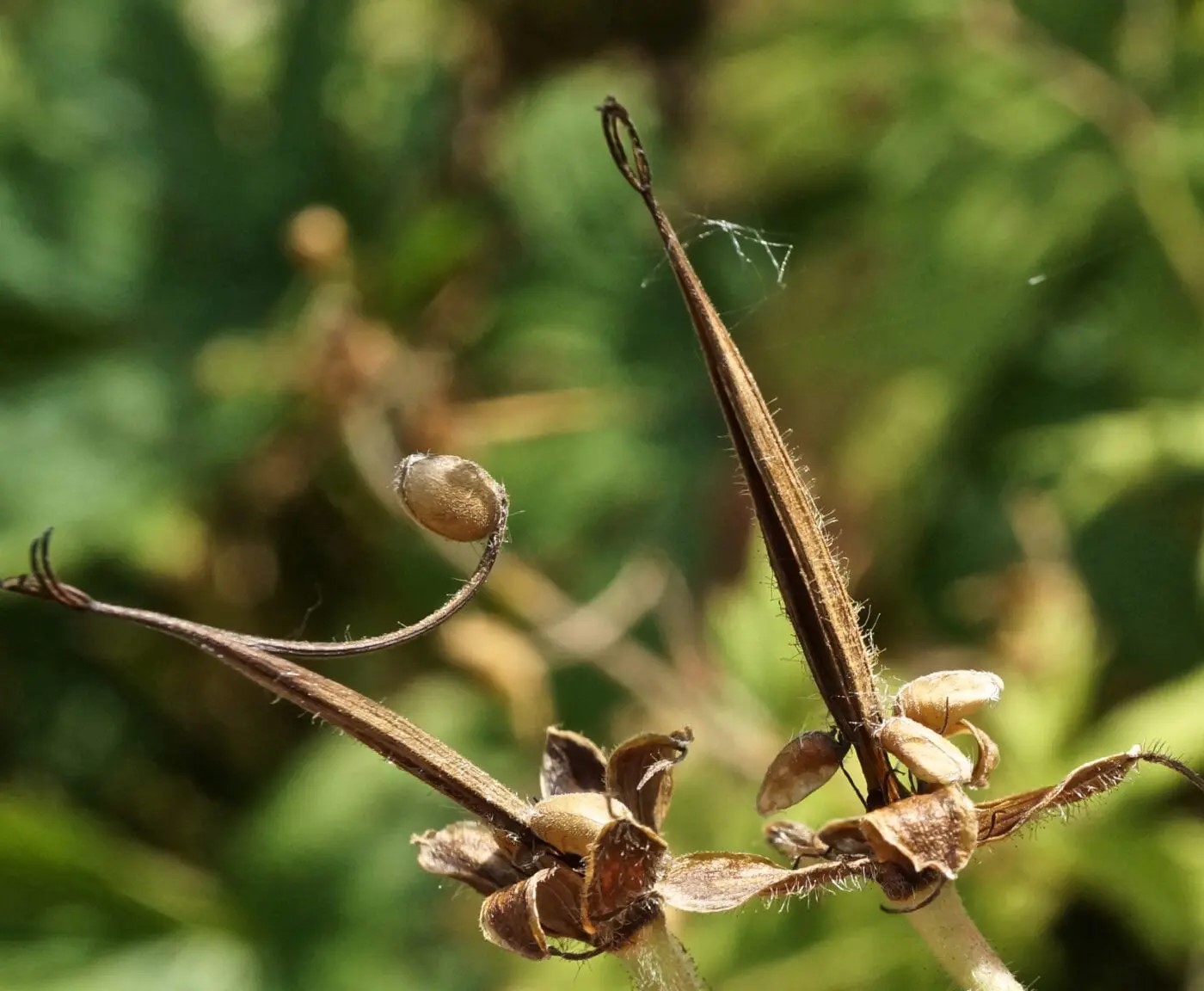
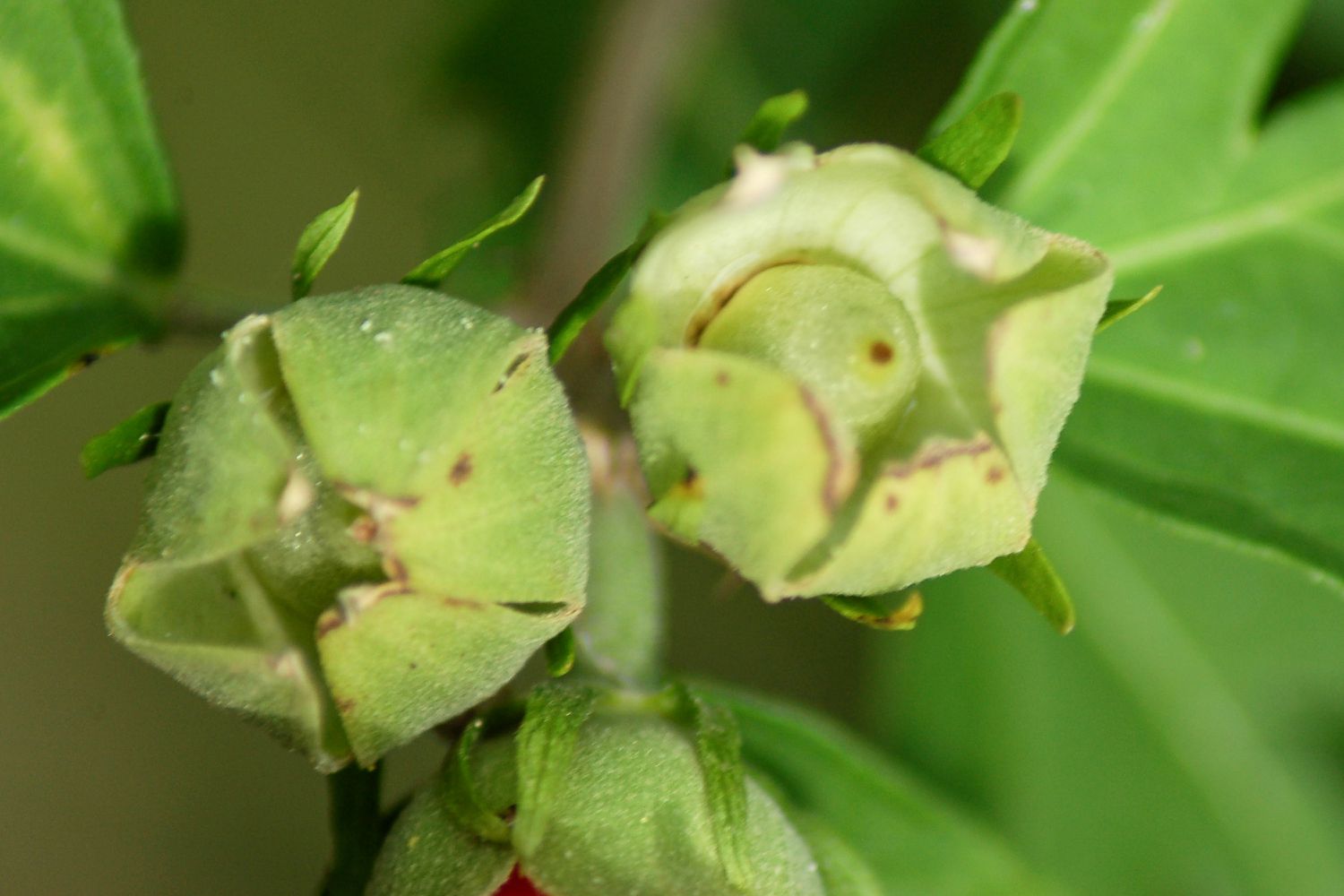
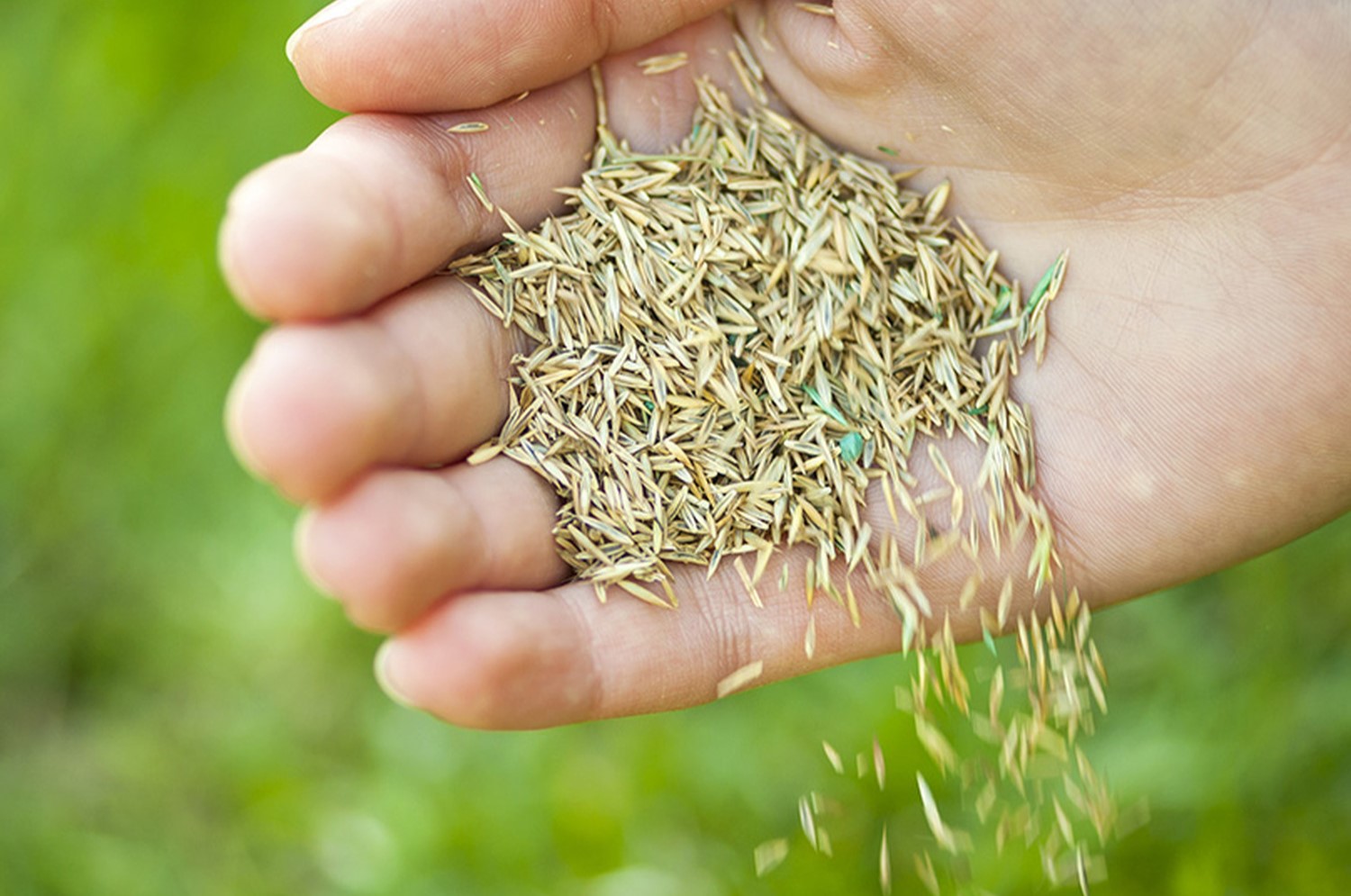
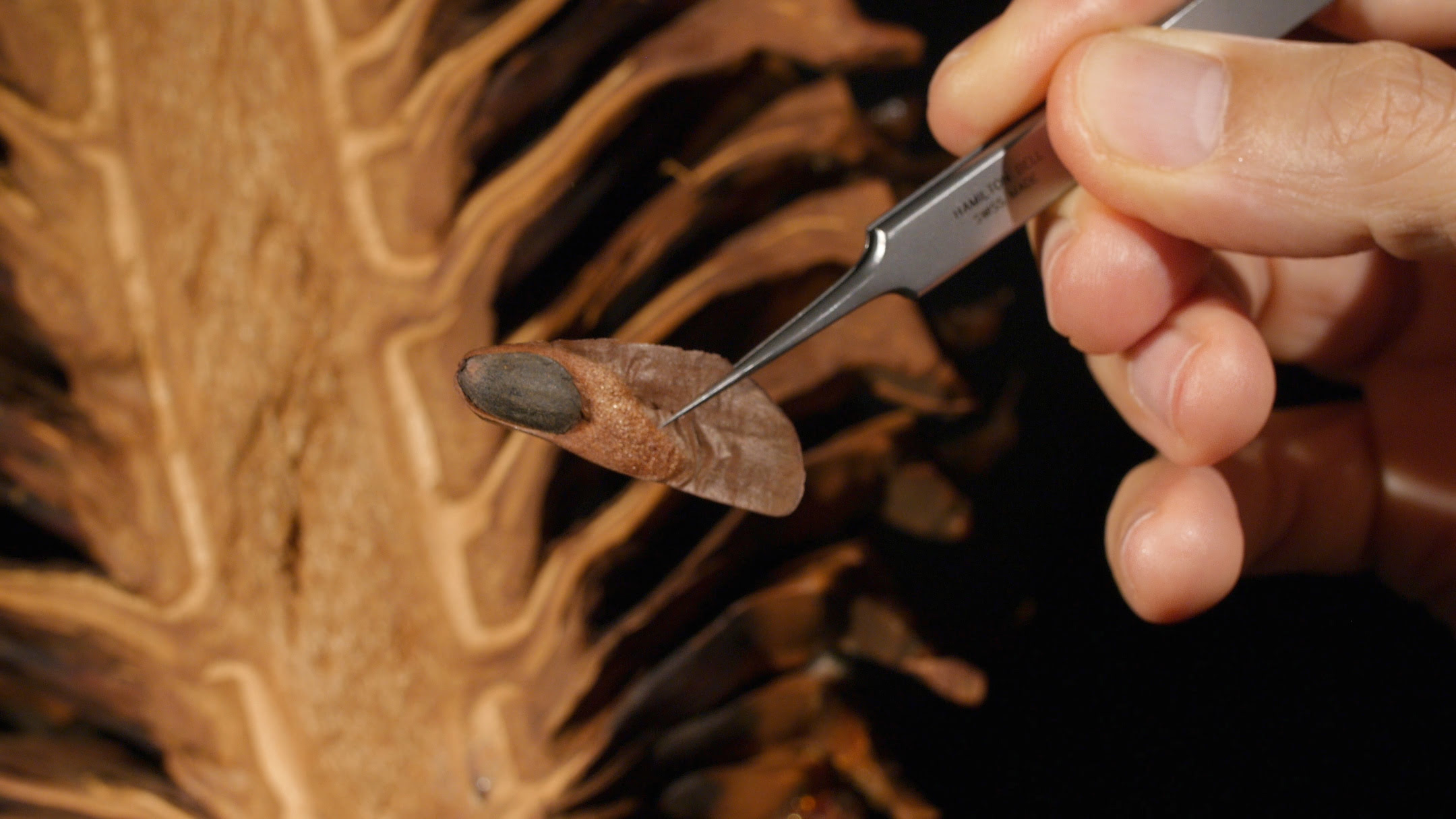
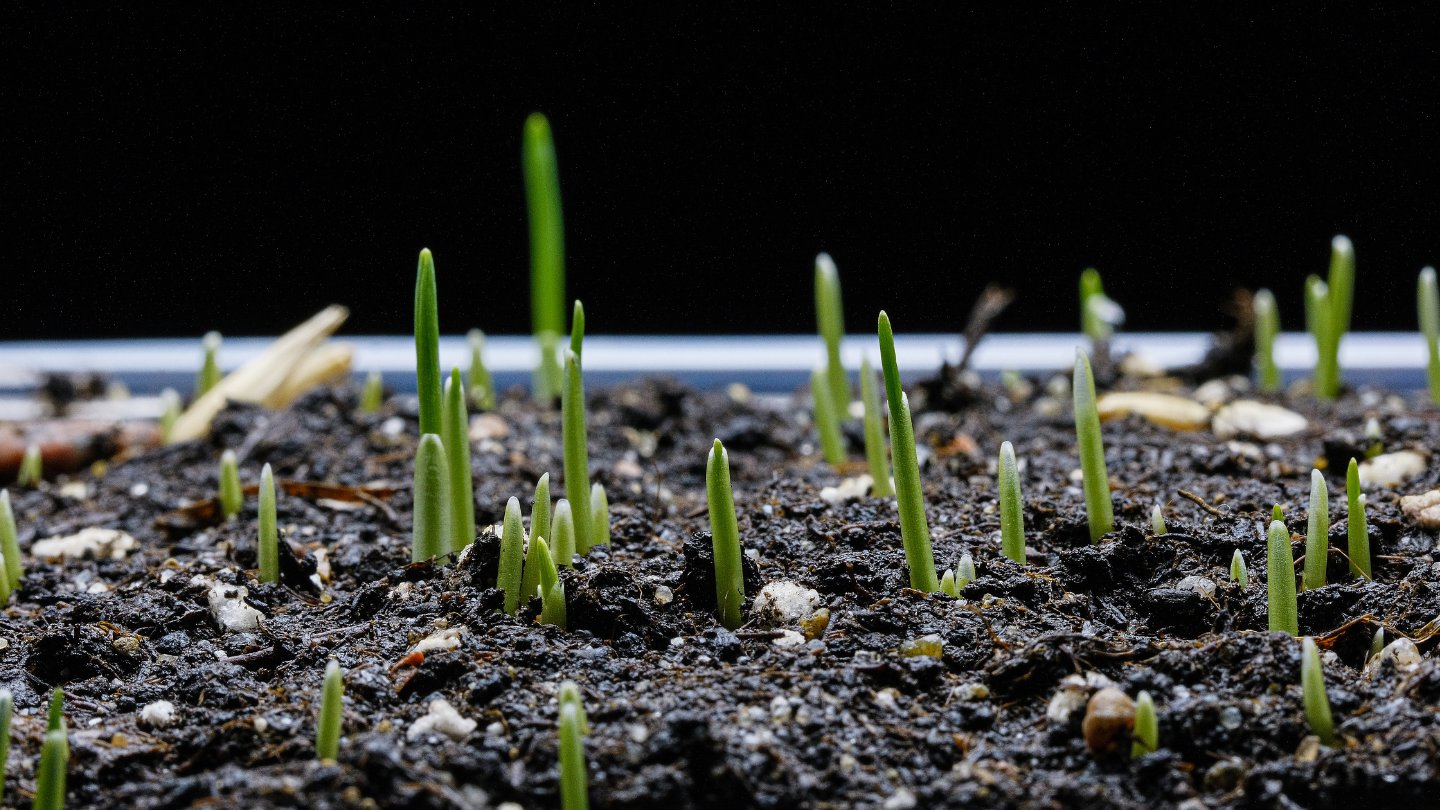
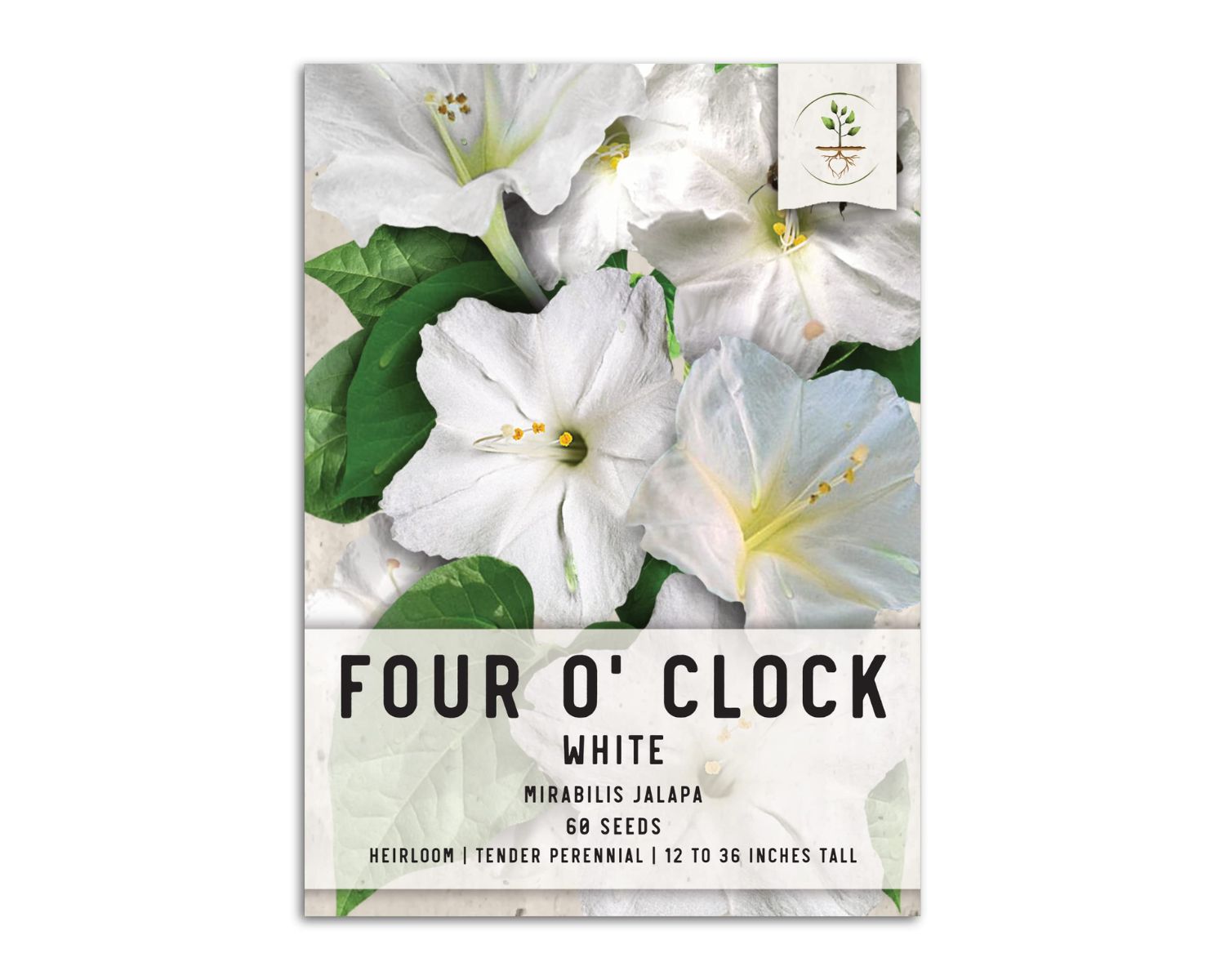
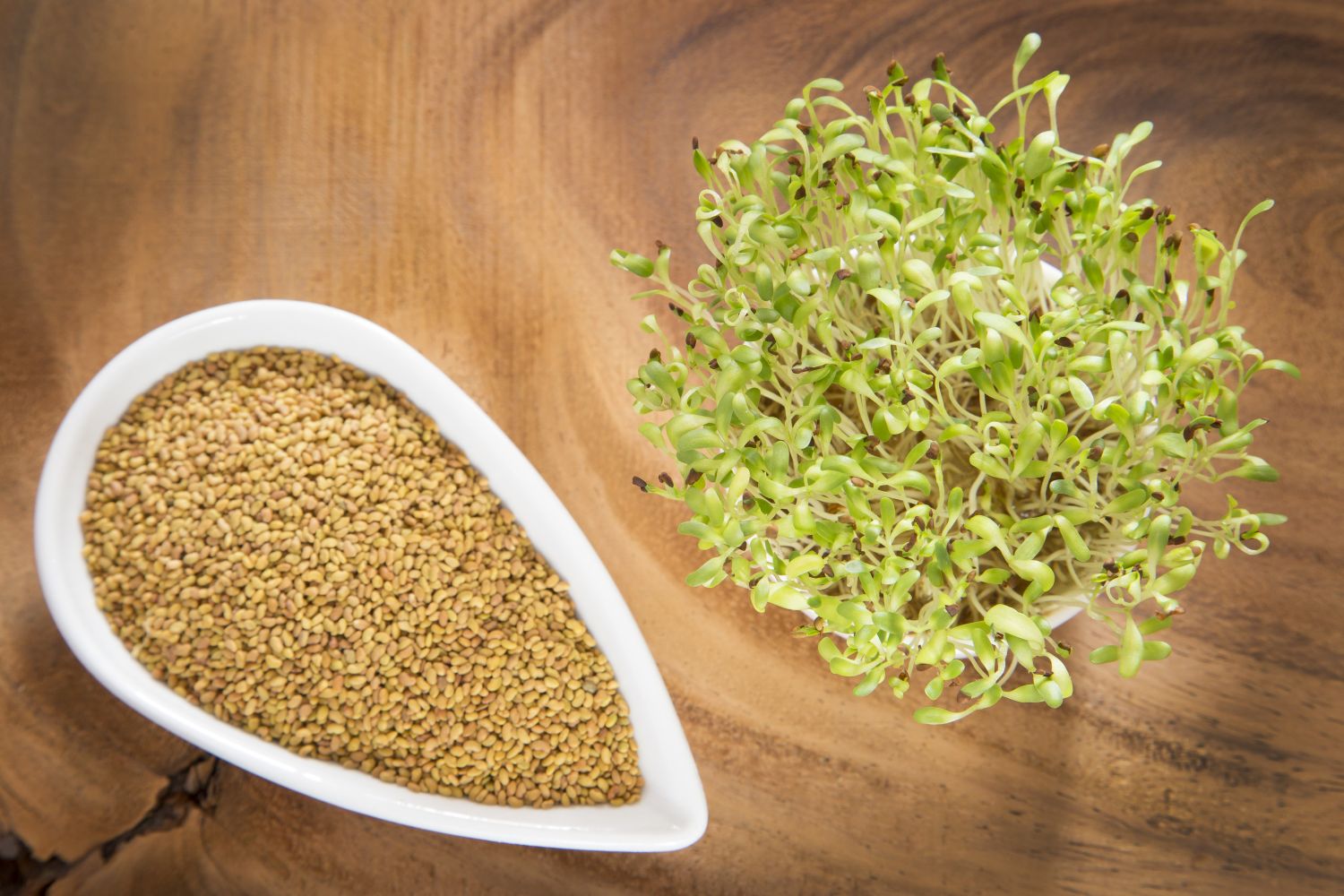

0 thoughts on “What Does A Broccoli Seed Look Like”